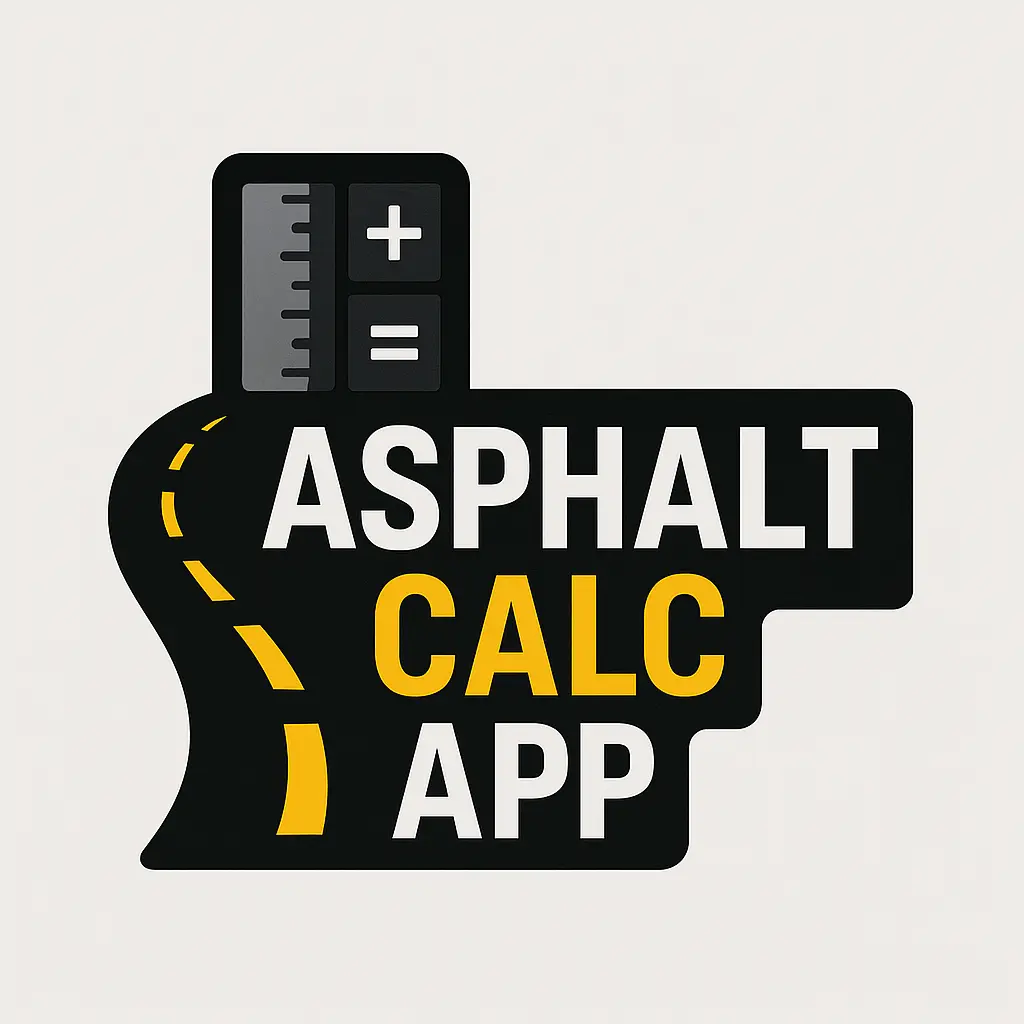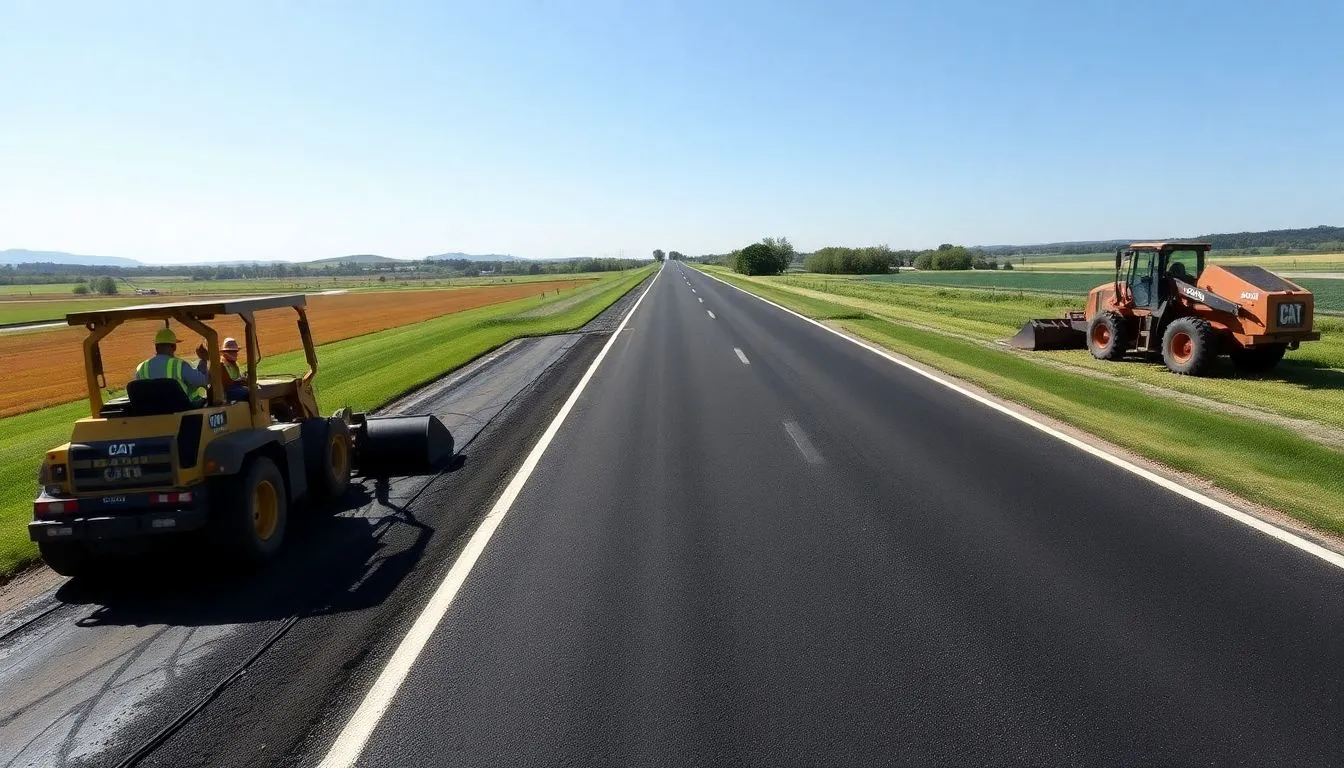Introduction
Building roads is essential for moving people and goods. Asphalt paving is the most common way to create durable roads. Knowing how much it costs helps you plan better. Whether you’re a city official or a contractor, understanding paving costs saves money and surprises. This guide breaks down all the factors that influence the price.
Factors Affecting the Cost to Pave 1 Mile of Road with Asphalt
1. Material Costs
Asphalt is the primary material. Its cost depends on supply and demand. Key components:
-
Bitumen – The binding agent
-
Aggregate – Crushed rock and sand
Higher-quality asphalt increases durability but also the price. View asphalt mix designs on AsphaltInstitute.org for more details.
2. Labor Expenses
Labor costs vary by region—skilled labor, like paver operators, costs more than general workers. Complex projects also raise costs.
3. Equipment and Machinery
You’ll need:
-
Asphalt pavers
-
Rollers
-
Dump trucks
-
Graders
Renting suits for short projects. Owning is better for long-term use.
4. Project Scope and Design
Wider or thicker roads require more material and time. Extras like drainage, curbs, or sidewalks increase the total cost.
5. Location and Accessibility
Remote areas require transportation for materials and machinery. Urban zones need traffic control, adding labor and permits.
6. Permits and Regulatory Compliance
You’ll need construction permits. Environmental rules may require specific materials or designs, especially for stormwater runoff.
The typical cost range for paving one mile of road with asphalt
Average Cost Estimates
Paving one mile of standard road can cost $150,000–$500,000, depending on location, materials, and scope.
Cost Breakdown Table
| Category | Estimated Cost (USD) |
|---|---|
| Asphalt Material | $80,000 – $200,000 |
| Labor | $50,000 – $150,000 |
| Equipment | $20,000 – $50,000 |
| Miscellaneous (Permits, Design, Inspection) | $10,000 – $50,000 |
| Total | $150,000 – $500,000 |
Cost Variations by Region
Urban areas and states like California or New York are more expensive than rural states like Iowa or Nebraska.
Real-World Examples
-
Small-town road: Paved 1 mile for $180,000
-
Urban highway: The Cost reached $480,000 per mile due to traffic control and asphalt thickness.
How to estimate and budget for asphalt paving projects.
Step-by-Step Estimation Process
-
Site assessment (soil, dimensions)
-
Calculate materials by area and thickness
-
Add labor and machinery
-
Include permits, inspections, and margin for error
-
Use tools like our Ton to Cubic Yard Calculator to estimate volume
Common Cost-Saving Strategies
-
Bulk purchase materials
-
Schedule off-season
-
Choose standard mixes
-
Minimize delays
Additional Expenses to Consider
-
Sub-base preparation
-
Traffic control signage
-
Unexpected issues (bad weather, soil problems)
Consulting with Professionals
Work with licensed engineers or paving contractors. Their experience helps avoid costly errors.
Long-Term Considerations
Road Thickness and Design
More inches = more money. A 6-inch-thick road may cost 30-40% more than a 4-inch one.
Seasonal Impacts
Cold and rainy weather delays projects and adds rental/labor costs.
Maintenance Costs
Lower initial costs may lead to frequent repairs. Investing upfront reduces lifecycle costs.
Environmental Choices
Using recycled asphalt pavement (RAP) may increase initial complexity, but saves money and reduces emissions long term. Learn more from FHWA’s RAP guidelines.
Conclusion
Paving a mile of road with asphalt requires a large expenditure. Whether it’s a rural access road or a city street, understanding the cost factors ensures you plan smartly. Use this guide to budget realistically, avoid delays, and get long-term value.
FAQs
Q1: How much does it cost to pave 1 mile of road in 2025?
A standard 20-ft wide asphalt road costs between $150,000 and $500,000 per mile in the U.S.
Q2: What affects paving costs the most?
The material type, labor rates, equipment rental, and project complexity have the largest impact.
Q3: Can recycled asphalt lower costs?
Yes, RAP (Reclaimed Asphalt Pavement) can reduce material costs by up to 20%.
Q4: How long does it take to pave 1 mile of road?
Typically, 1–3 days for the paving, depending on the number of crews and weather conditions.
Q5: How can I accurately estimate asphalt volume?
Use a calculator like our Asphalt Volume Estimator to convert tons to cubic yards.

